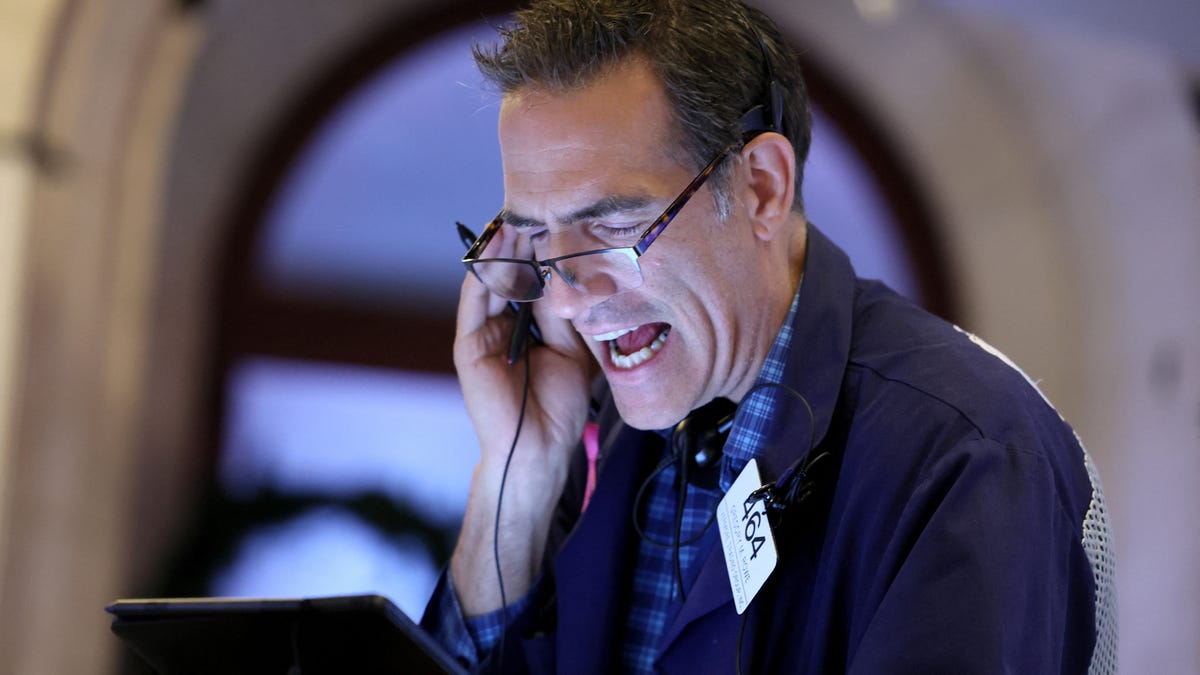What on Earth is a Margin Call?
Understanding Margin Trading
In the world of investing, one strategy that many people use is margin trading. This allows investors to use borrowed money to invest in securities, such as stocks. Hedge funds, crypto traders, and retail traders often engage in margin trading. The concept is simple: if you believe a stock will significantly increase in value, you can borrow more money than you actually have to buy more shares of that stock. However, this type of trading comes with risks.
When you engage in margin trading, brokers require you to use stocks you already own as collateral for the loan. This is to protect themselves, as they are essentially lending you money to invest in the market. If you are unable to repay the loan or if the value of your investment drops significantly, the broker may issue a margin call.
Historical Examples of Margin Calls
Throughout history, margin calls have played a role in significant market events:
- 1929: The stock market crash preceding the Great Depression was partially triggered by a surge in margin borrowing and subsequent tightening of margin requirements.
- 1987: On Black Monday, the Dow Jones Industrial Average crashed over 22%, largely due to record levels of margin calls.
- 1997: Margin calls contributed to the Asian Financial Crisis, leading to the sale of securities from emerging markets.
- 2008: The housing bubble burst, causing a financial crisis and numerous margin calls.
- 2020: Margin calls played a part in the stock market crash triggered by the COVID-19 pandemic.
Explaining Margin Calls Simply
Here are the key details about margin calls:
Under Regulation T in the US, brokers typically require investors to provide at least 50% of the cash or stocks required to cover their trades. The remaining 50% is covered as a loan with interest.
For example, if you want to buy 1,000 shares of a stock priced at $50, you would need to put down $25,000 while your broker puts down $25,000 as a loan. This initial $25,000 is called the initial margin. If the broker has a margin requirement of 30%, and the value of your investment drops so that your own contribution falls below 30%, you will need to add more funds or stocks to meet the margin requirement.
The market can be unpredictable, and various factors can trigger a margin call. Unexpected events, changes in interest rates, and economic crises can all lead to margin calls. Additionally, brokers have the authority to change margin requirements at any time, which can further complicate the trading process.
Quotable
“Warren and I are cautious when it comes to buying stocks on margin. There is always a risk when you own securities that are pledged to others. The ideal situation is to borrow in a way that no temporary event can disrupt you.” – Charles Munger, Vice Chairman of Berkshire Hathaway
Pop Quiz
What does a broker usually do when you receive a margin call?
A. Send you a bouquet of roses, with a note about considering your portfolios’ marginal returns
B. Book you a luxury vacation for you to think about your margin of life enjoyment
C. Call you with an offer to be the keynote speaker at their annual “It’s margin, not butter” conference
D. Demand that you deposit additional funds or securities to cover the shortfall in your margin account
Invest in reading the rest of this email—the answer at the bottom is a bonus.
Memory Lane
Remember Archegos Capital Management? They made headlines in March 2021 when their heavy exposure to media company ViacomCBS led to a margin call. Archegos had taken out a margin loan to trade swaps on ViacomCBS and other stocks. When ViacomCBS’s stock price dropped significantly, Archegos couldn’t meet the margin call. The subsequent selling by banks caused a ripple effect in the market, impacting stocks in the media sector and beyond.
Why It Matters Now
In recent years, margin calls have continued to have a significant impact on the financial world. The near-collapse of Robinhood, the involvement of banks in margin trading with hedge funds, and the risks associated with crypto lending all highlight the importance of understanding and managing margin call risk.
What to Do About Margin Call Risk?
Since the 2008 financial crisis, regulatory measures have been put in place to mitigate the risks associated with margin trading. Collateral requirements and central clearing parties help ensure that investors have enough funds or securities to cover their positions. However, margin call risk remains a factor in the financial markets. As an investor, it is crucial to stay informed, monitor your investments closely, and be prepared for potential margin calls.
Watch this!
If you want to learn more about margin calls, check out this educational video from FXTM: Intro to Margin Calls.
Answers:
Pop Quiz: D. Demand that you deposit additional funds or securities to cover the shortfall in your margin account
Denial of responsibility! Vigour Times is an automatic aggregator of Global media. In each content, the hyperlink to the primary source is specified. All trademarks belong to their rightful owners, and all materials to their authors. For any complaint, please reach us at – [email protected]. We will take necessary action within 24 hours.


